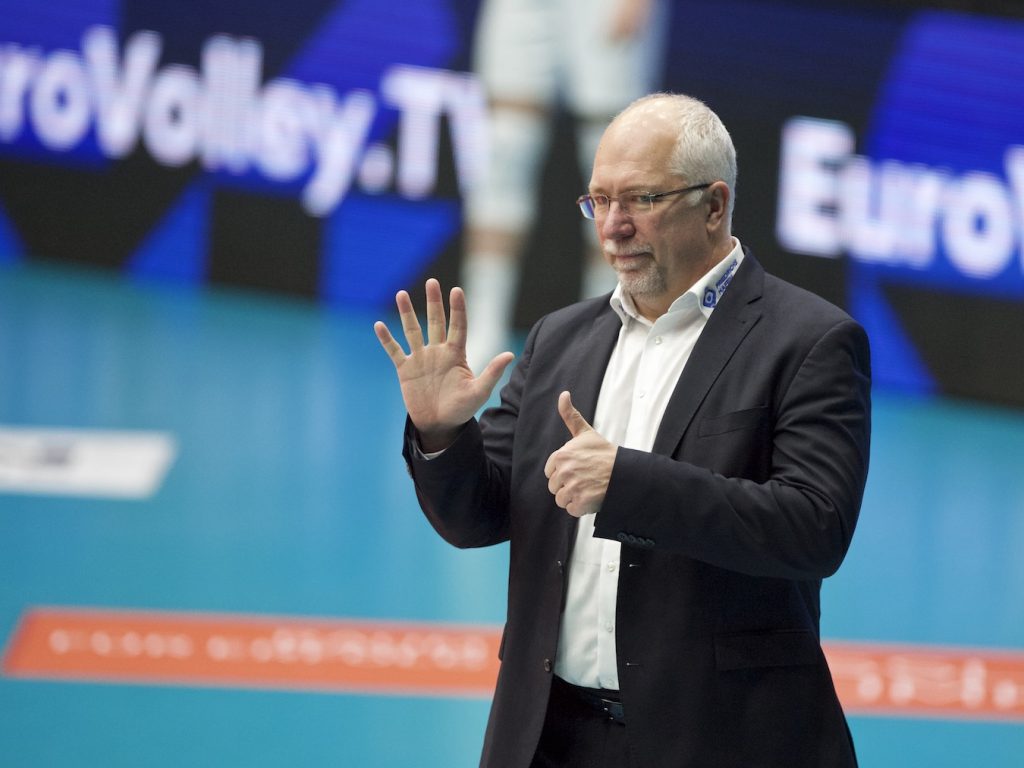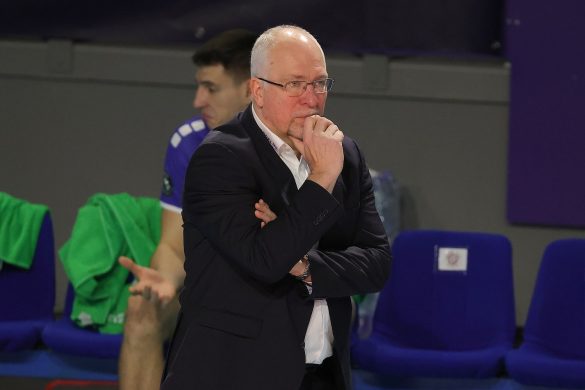
With that in mind, I started to watch the very experienced coach I was working with at the time. When I watched him, he was watching the ball. It wasn’t a thing at all. You should watch the ball.
Despite the lack of literature or advice that watching the players would be helpful, I could not shake the idea and every so often I would try to take my focus off the ball for a while. It was not easy and I never stuck with it for very long. Eventually (fifteen years after it first occurred to me) I bit the bullet and conscientiously followed through. Slowly, bit by bit, I could manage it for longer and longer periods of time. And bit by bit, more of the game was revealed to me. Instead of trying to figure out what players must have done to get to that position or to make that play, I saw them do it.
For some period in the 1990s, Magic Eye pictures were very popular. Magic Eye pictures are technically autostereograms. If you look at the picture in a certain way, you can see a 3 dimensional image. The main characteristic that I remember about them, was that once I had revealed the 3D image by staring at the picture, I could relax my eyes without losing the image and move around it, choosing to look at different parts in detail.
So what’s the point of that story? I find that when I am standing behind the court and really locked in, I can move my head around the court to focus on different parts of the action without losing the overview of the ball and general movement of play, EXACTLY as I used to do with Magic Eye pictures in my youth. By not focusing on the ball, I had revealed a completely different image of the game. I had opened my magic eye. With a bit of practice it works live and even watching on a computer screen.
Use your magic eye to see the game in 3D. You will be amazed at what you see.
About Mark Lebedew:

Mark Lebedew authors the At Home on the Court Blog. He coaches professionally in Poland, from january 2021 with eWinner Gwardia Wrocław, in season 2019/20 with Aluron Virtu CMC Warta Zawiercie and in the period 2015-2018 with KS Jastrzębski Węgiel. That follows five seasons Germany where his Berlin Recycling Volleys won three straight league titles and a CEV Champions League bronze medal. He has prior professional experience in Belgium and Italy. Mark was also Head Coach for the Australian Men’s National Team. From 2021/2022 until the end of the 2023/2024 season he was at the helm of VfB Friedrichshafen, while in 2022 he led the Slovenian national team during the Volleyball Nations League. In the 2024/2025 season, Mark Lebedew takes charge of the Netherlands’ team, Nova Tech Lycurgus.
Mark partnered with his brother and father to translate and publish “My Profession: The Game“, the last book by legendary Russian coach, Vyacheslav Platonov.
With John Forman, he is behind the Volleyball Coaching Wizards project (link http://volleyballcoachingwizards.com/) which identifies great coaches from all levels, making their experience, insights, and expertise available to people all over the world. The project has produced multiple books, a in e-book format available here ( link to http://bit.ly/34yakou ) or at Amazon here (link https://amzn.to/2JRqTE6).
In 2021, he launched project Webinars and Presentations on Demand. If you are interested for coaching presentations and webinars available on demand, click here.